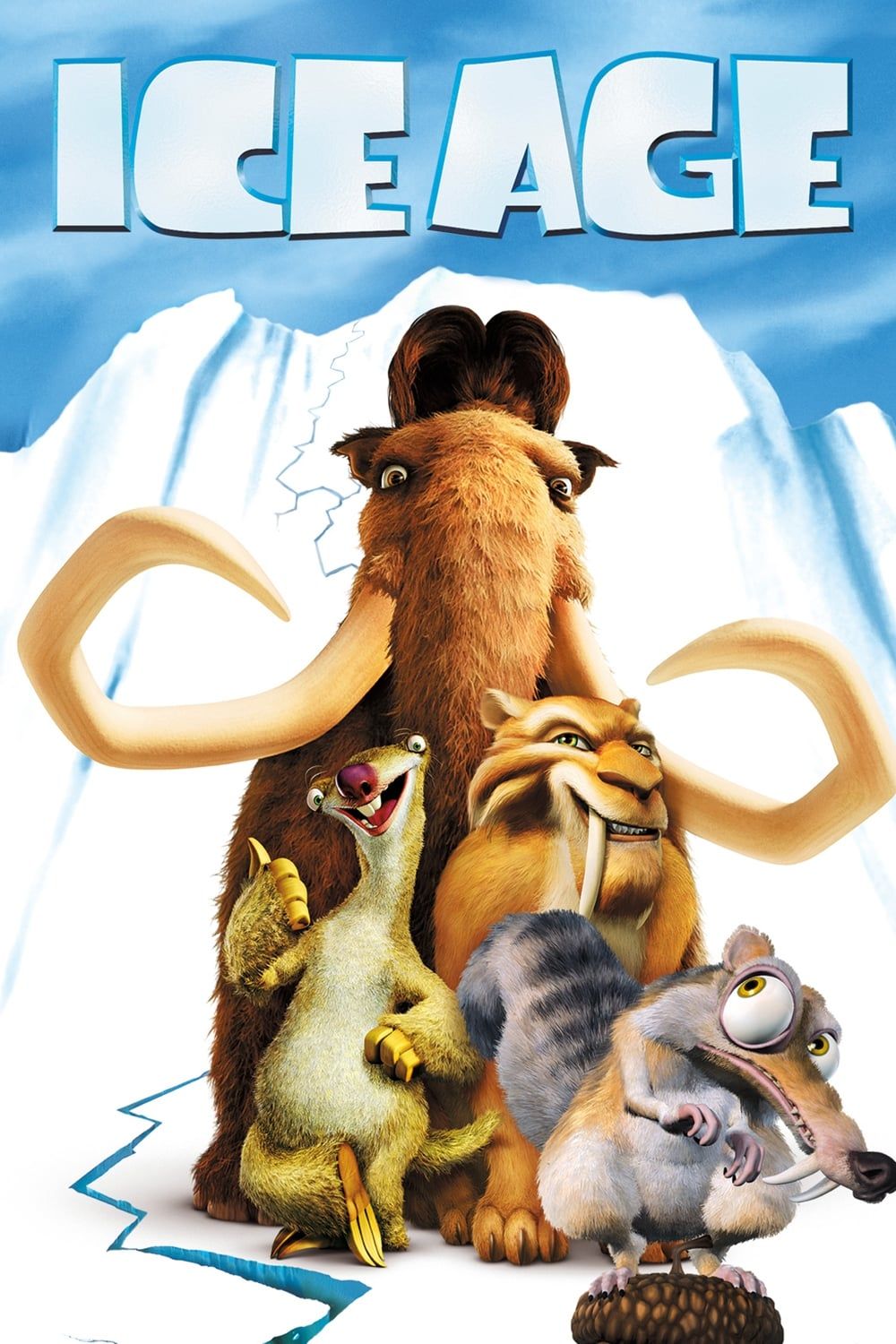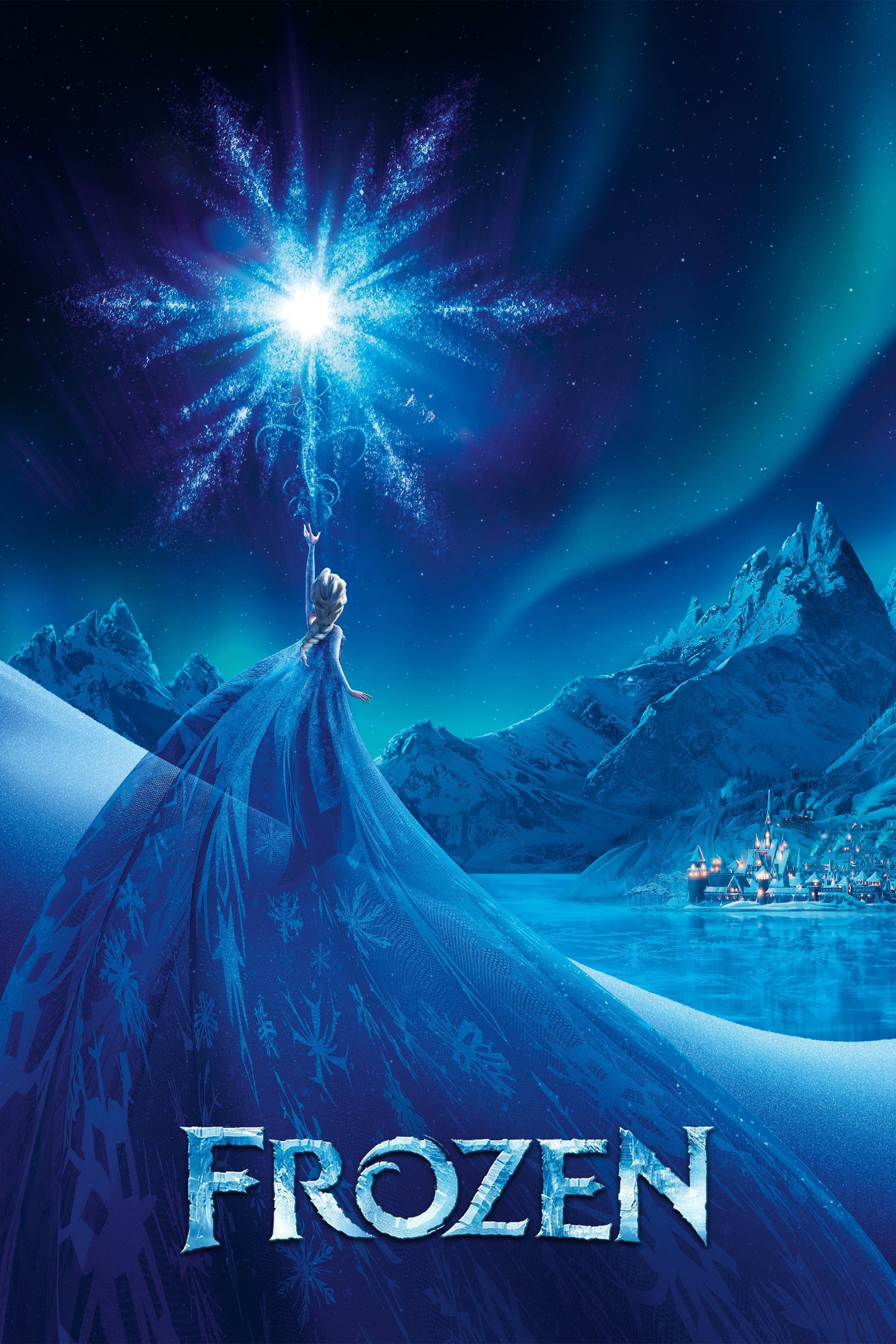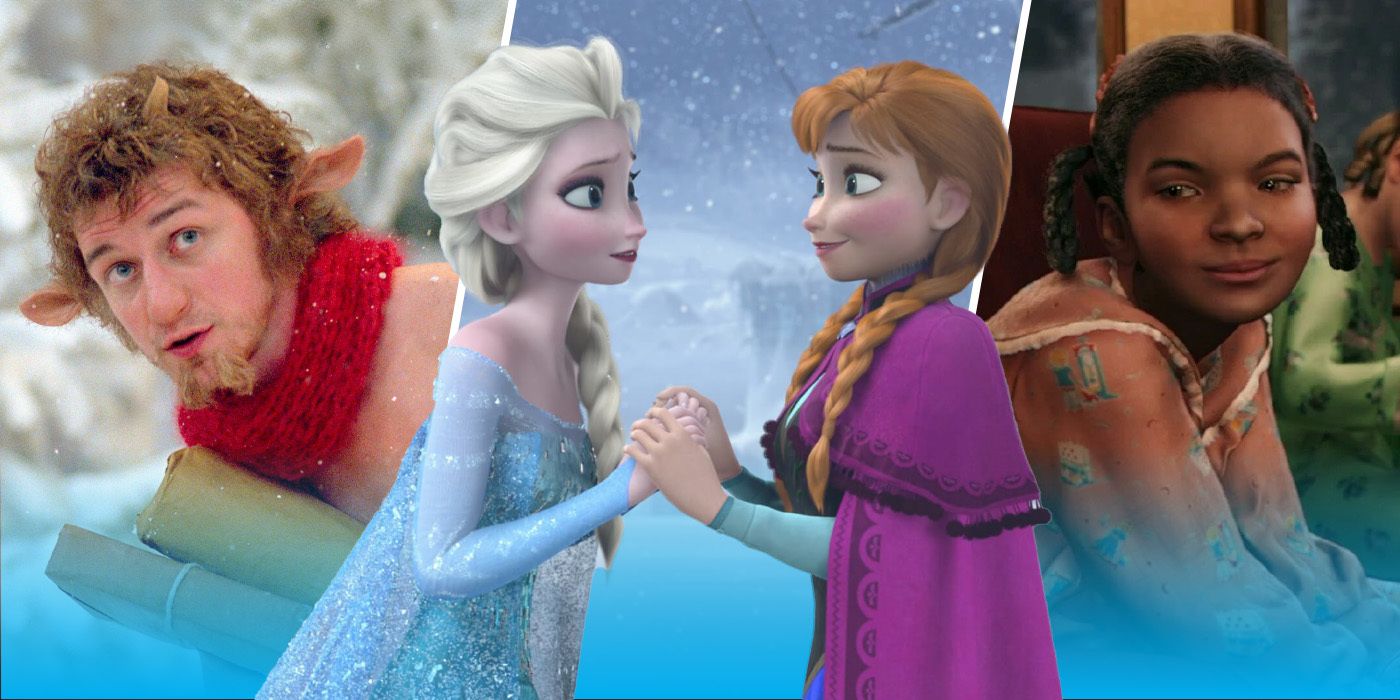When the days start growing shorter and a chill can be felt in the air, people know that winter is around the corner. Children start to dream of snow days. People sing about a white Christmas. Even people who resent having to shovel the snow have to admit that the way it covers everything makes the world seem fresh and new. Throughout history, people have even shared stories of characters connected to ice and snow, like Jack Frost and the Snow Queen.
Naturally, films have often showcased stories of beautiful frozen tundras and ice palaces, giving viewers the escapist fantasy of living in a winter wonderland. Sometimes, the dangerous aspects of the cold are brought up, but it still doesn’t take away from the magic of it all. Many Christmas films employ a snowy landscape for the setting. In fact, movies that take place in the ice and snow often find themselves becoming Christmas classics, even if the holiday is never mentioned.
10 Happy Feet (2006)
Happy Feet
- Release Date
- November 16, 2006
- Rating
- PG
- Runtime
- 108
Happy Feet is a CGI-animated film revolving around a colony of musical emperor penguins. These penguins have a culture practically revolving around singing. However, one of these penguins, Mumble, has no singing voice, but he’s got skills when it comes to tap dancing. After being exiled from the colony, Mumble must go on a mission to discover what’s happening to the penguins’ source of fish.
A Perfect Place for Penguins
The story takes place in Antarctica, a perpetually frozen desert. This means viewers are treated to a world of ice, snow, and freezing waters, making it the perfect habitat for penguins. A lot of attention to detail is given to recreating the ice in the animated film, especially when the penguins go sliding. The animation is also notable for its use of motion capture technology, notably featuring dancing by tap dancer Savion Glover. Allegedly, dancers even had to go to a “Penguin School” to properly mimic the flightless birds.
9 Ice Age (2002)


ice age
- Release Date
- March 10, 2002
- Rating
- PG
- Runtime
- 81
Ice Age is a computer-animated film based around a menagerie of different animals: a mammoth named Manny, a sloth named Sid, and a saber-toothed cat named Diego, in addition to an ancient squirrel, Scrat. Finding the other animals venturing south for warmer climates, Manny and Sid must team together to protect a human baby after the death of his mother by saber-toothed tigers. In time, Diego, who appears to be working both sides, eventually proves to be a heroic figure.
The Original Winter Olympics
Ice is naturally a danger in the story, but the film still makes use of the fun viewers associate with winter. This is most notable in a scene where the animals slide down a frozen tunnel. In fact, Sid is shown to be more graceful on snow and ice than on the ground, accidentally performing a variety of athletic feats in the cold. The film proved popular, garnering a few sequels over the years.
8 Jack Frost (1964)
Morozko, also known as Jack Frost, is a Soviet fantasy film loosely based on the fairy tale of the same name. Nastenka lives with her cruel stepmother, who resents the girl in favor of her own daughter, Marfushka. Wanting to get rid of the girl, the evil woman arranges for the girl to be abandoned in the snow-covered forest. Fortunately, she is rescued by the kindly Morozko, or Father Frost, but she is not out of danger just yet. After all, the woods are filled with all sorts of things, from thieves to the infamous witch Baba Yaga.
Father Frost Saves the Day
While Morozko is friendly enough, even he, or at least his scepter, proves dangerous, nearly dooming Nastenka to an eternal death-like sleep. Of course, this makes sense, as he is the personification of winter. The story blends various Russian fairy tales together and is enjoyable for fans of myth and folklore. For those wanting a good laugh, the film was also famously the subject of a Mystery Science Theater 3000 episode.
7 The Huntsman: Winter’s War (2016)
The Huntsman: Winter’s War is a sequel to Snow White & the Hunstman, which deals with Queen Ravenna’s rivalry with her sister, Princess Freya. After suffering a great tragedy, Freya fled to the Northern kingdoms and crowned herself the Ice Queen, transforming the lands into her icy domain. As her power grows, Freya steals children and raises them to become her Hunstmen, shielding them from knowing love. Little does she guess that two of her best Hunstmen have fallen in love.
Silver White Winters That Melt Into Spring
A story combining elements from “The Snow Queen” and “Snow White” would naturally be blanketed in ice and snow. Freya’s silver-white realm represents her anguish, but she is not without sympathies, as the truth of what her sister has taken from her comes to light. The Ice Queen might be the antagonist of the piece, but Freya still remains the lesser evil compared to Ravenna, even redeeming herself in death. Of course, her death also restored the lands to their more fertile state.
6 The Snow Maiden (1952)
Snegurochka, or The Snow Maiden, is an animated film based on the play and opera of the same name. The Snow Maiden is born the daughter of Spring-Beauty and Father Frost. She desires to live among humans and is given taken in by an old couple, but she feels unable to love. However, once she is given a heart, the warmth melts her away.
Winter’s Beauty on Display
The animated film can be quite poignant in its tale of love. In one pivotal moment, the Snow Maiden fully gains her desire to love when the boy she thought would marry her, Lel, instead chooses the seemingly unloved Kupava. The story is full of symbolism, and the characters can be interpreted in different ways.
Winter itself is an ambiguous force in the tale. The Snow Maiden is not content in her icy palace, even surrounded by animal friends, and much of the story takes place in greener time. However, it is the rising summer sun, and the warmth in her heart, that prove to be the Snow Maiden’s undoing.
5 The Chronicles of Narnia: The Lion, the Witch and the Wardrobe (2005)
The Chronicles of Narnia: The Lion, the Witch and the Wardrobe adapts C.S. Lewis’ famous book. The four Pevensie children, Peter, Susan, Edmund and Lucy, find a hidden world within a wardrobe. While there, they find themselves caught up in a conflict involving its ruler, the powerful lion Aslan. His main enemy is the White Witch, whose reign promises eternal winter.
Winter Can be as Alluring as Turkish Delight
The White Witch is a cold, calculating figure. Viewers know she is merciless in that, despite wanting eternal winter, she never lets it be Christmas. Despite this, at least early on, the witch, and the winter she personifies, still come off as alluring and beautiful, especially with her tempting offers of Turkish delight.
That said, not all aspects of winter are painted in a negative light. After all, Father Christmas is on the side of the heroes, even providing the Pevensie children with magical weapons. Similarly, when Lucy first steps into Narnia, it is as a beautiful snow-covered forest, using the season’s magic to highlight an escapist fantasy.
4 Snow Queen (2002)
Snow Queen is Hallmark Entertainment’s adaptation of the Andersen fairy tale. in this version, Gerda grows close to Kai, the new bellboy at her father’s hotel. However, this bond is threatened why Kai is captured by the Snow Queen. Gerda must go on a surreal adventure to save him, coming across witches, talking reindeer, and even a polar bear prince.
All Seasons Must Pass
In this adaptation, many of the female figures Gerda encounters on her journey are revealed to be the Snow Queen’s sisters and other personifications of the seasons, but the Snow Queen, however, demands dominance over them all. The Snow Queen is a morally ambiguous figure. She appears to have had some rivalry with Gerda’s mother, and is implied to have had a hand in her death, and schemes to take over the world. However, she is ultimately redeemed in the end. After all, as Gerda muses, the Snow Queen is winter and every season, whether good or bad, must pass.
3 Three Wishes for Cinderella (1973)
Tři oříšky pro Popelku, or Three Wishes for Cinderella, is a Czech-German fairy tale film. Cinderella is mistreated by her stepmother and stepsister, but her fate changes when she comes across three magic hazelnuts that grant her wishes. When she comes across the prince in the forest, she is able to conjure up disguises so she can meet him again. However, he’ll have to solve Cinderella’s riddles before they can live happily ever after.
It’s a Christmas Classic for a Reason
The film takes place during the winter, as it makes great use of the season, from Cinderella rescuing a deer with a snowball to riding her own horse through the snow to get to the ball. The final shot is even of Cinderella and the prince riding their horses together across a landscape covered in white. Even the wicked stepmother and stepsister endure an icy comeuppance.
Originally intended to take place in warmer weather, the film’s wintry setting ultimately paid off, as the film is a popular Christmas movie in parts of Europe. The story has nothing to do with Christmas, but fans like to joke at least Cinderella gets presents. The film later inspired a Norwegian remake, which also features breathtaking scenes shot in the snow.
Stream on The Criterion Channel
2 The Polar Express (2004)
The Polar Express is a film adaptation of the book of the same name. On Christmas Eve, a young boy discovers a train meant to take him and other children straight to the North Pole and meet Santa Claus face-to-face. One lucky child will be given the first Christmas gift of the year. Naturally, as the train is heading up north, there is plenty of snow on the ground.
Hot Chocolate Makes it All Worth it
In some ways, the film feels like a love letter to the wintry season, notably in the scene where waiters present the children on the train with hot chocolate, complete with a song and dance. The story doesn’t shy away from the dangers of the season, from frozen lakes to scenes where characters face the elements outside the train. Either way, the story is one that emphasizes the importance of idealism, meaning it is important to see the beauty in the overall season.
1 Frozen (2013)


Frozen
- Release Date
- November 20, 2013
- Rating
- PG
- Runtime
- 108
Frozen is a Disney animated film loosely inspired by “The Snow Queen,” focusing on two sisters. Elsa is a princess born with the power to control ice and snow. Wanting to protect her younger sister, Anna, and fearing a prophecy, Elsa keeps her distance from her sister, even after the loss of their parents. Elsa’s powers remain a secret until her coronation, when they are revealed to the kingdom at large. Elsa runs away and creates her own ice palace. However, little does she know, her powers risk trapping the land into an eternal winter.
The Cold Never Bothered Her Anyway
Technically, the story takes place in July, but Elsa’s magic can it feel like winter whenever she wants to. The pivotal scene of the film is Elsa, wandering alone in the snow, throwing her cares to the wind, and embracing her powers in the song, “Let It Go.” In fact, the iconic scene is what inspired the writers to Elsa having a more sympathetic role compared to her analogue in the original story. The popularity of the sequence, and the film at large, make it clear that a fantastic frozen kingdom certainly has appeal for audiences.
This story originally appeared on Movieweb

